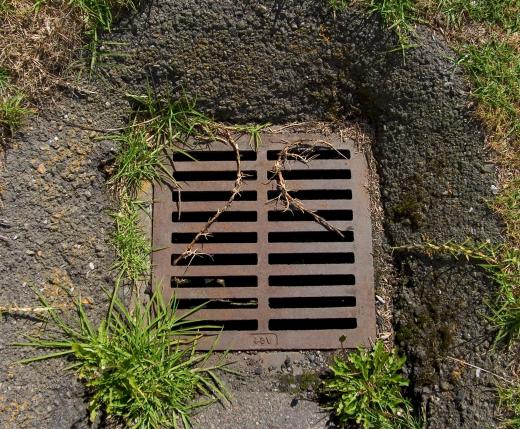A retention basin is a set-aside area, often just a dip in the ground or a slightly excavated depression that retains water. The basin can be more complex and include concrete walls, alarms, and overflow weirs to accommodate water that may have been contaminated by an industrial process or from leaching through polluted soil. The key operational consideration is that a retention basin water level must be designed and monitored to accommodate seasonal changes in water levels.
Many scenarios call for retention basins. A reservoir is a giant retention basin, holding rainwater and snow melt runoff for later use and preventing flooding at lower elevations. Reservoir levels are recorded and examined to ensure adequate holding room for sudden increases in inlet flows. In general, retention basins are not formally monitored after completion.

In suburban areas, retention basins are often included in master plans as areas of open space that can accommodate storm water runoff and also serve as temporary habitat for migrating birds. Other city animals, including foxes, squirrels, and bats, take advantage of these oases in the suburban sprawl. If the retention basin water is stagnant, mosquitoes and gnats may breed at the site. A successful retention basin in a residential area incorporates landscaping with native plants that require no additional water or upkeep. Ideally, the retention basin blends into the neighborhood, with little attention necessary to stay fit for its real purpose.
Basin design depends on the exact service it must render. Some are planned to be emptied only by evaporation. Grates, piping, and gates allow the water to be raised or lowered in some retention basins.

The water in a retention basin may soak into surrounding earth. Drainage aids may help the channeling of some of the water out of the basin. In one method, a larger basin is excavated and then partially filled with gravel, sand, pieces of concrete, or other materials. Once buried, these materials create an unseen drainage path. In another technique, pipes with multiple small openings drilled in the sides are placed to collect and direct the flow of water.

The term retention basin has been applied to areas of an industrial or electrical plant that house equipment and are built to contain any liquid discharges from the plant. Refineries often have retention basins below every distillation tower. These areas will have staircases to exit the area, but no doors or other foundation penetrations.
